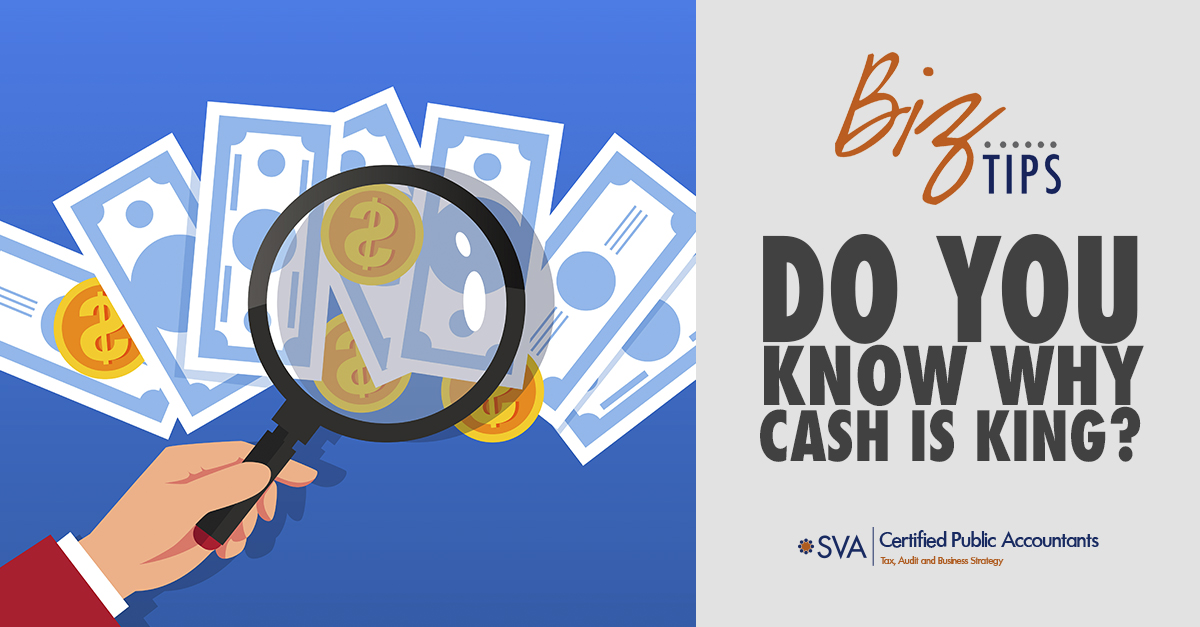In financial reporting, investors and business owners tend to focus on four key metrics:
- Revenue
- Net income
- Total assets
- Net worth
But, when it comes to gauging short-term financial performance and creditworthiness, the trump card is cash flow.
If a business doesn’t have enough cash on hand to pay payroll, rent and other bills, it can spell disaster — no matter how profitable the company is or how fast it’s growing. That’s why you can’t afford to cast aside the statement of cash flows and the important insight it can provide.
Monitoring Cash
The statement of cash flows reveals clues about a company’s ability to manage cash. It shows changes in balance sheet items from one accounting period to the next. Special attention should be given to significant balance changes.
For example, if accounts receivable were $1 million in 2018 and $2 million in 2019, the change would be reported as a cash outflow of $1 million. That’s because more money was tied up in receivables in 2019 than in 2018. An increase in receivables is common for growing businesses because receivables generally grow in proportion to revenue. But a mounting receivables balance also might signal cash management inefficiencies. Additional financial information — such as an aging schedule — might reveal significant write-offs.
Continually reporting negative cash flows from operations can also signal danger. There’s a limit to how much money a company can get from selling off its assets, issuing new stock or taking on more debt. A red flag should go up when operating cash outflows consistently outpace operating inflows. It can signal weaknesses, such as out-of-control growth, poor inventory management, mounting costs and weak customer demand.
(Download Video Transcript)
Categorizing Cash Flows
The statement of cash flows typically consists of three sections:
1. Cash Flows From Operations
This section converts accrual net income to cash provided or used by operations. All income-related items flow through this part of the cash flow statement, such as net income; gains (or losses) on asset sales; depreciation and amortization; and net changes in accounts receivable, inventory, prepaid assets, accrued expenses and payables.
2. Cash Flows From Investing Activities
If a company buys or sells property, equipment or marketable securities, the transaction shows up here. This section could reveal whether a company is divesting assets for emergency funds or whether it’s reinvesting in future operations.
3. Cash Flows From Financing Activities
This shows transactions with investors and lenders. Examples include Treasury stock purchases, additional capital contributions, debt issuances and payoffs, and dividend payments.
Below these three categories is the schedule of noncash investing and financing transactions. This portion of the cash flow statement summarizes significant transactions in which cash did not directly change hands: for example, like-kind exchanges or assets purchased directly with loan proceeds.
Keep a Watchful Eye
Effective cash management can be the difference between staying afloat and filing for bankruptcy — especially in an unpredictable economy. Contact us to help identify potential problems and find solutions to shore up inefficiencies and shortfalls.

© 2019

